#henri alekan
Text
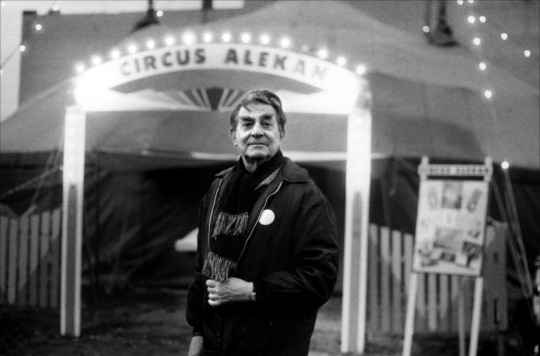
Henri Alekan, February 10, 1909, Paris – June 15, 2001.
5 notes
·
View notes
Text
Five Miles to Midnight
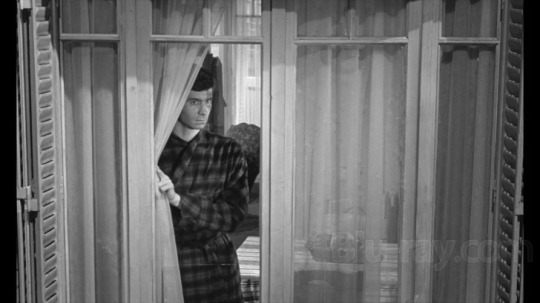
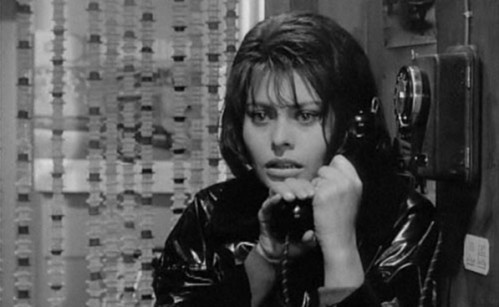
For a while in the middle of Anatole Litvak’s FIVE MILES TO MIDNIGHT (1962, TCM, DailyMotion), I wondered why the film had never turned up on Eddie Muller’s “Noir Alley.” Sure, it has a weak opening. We’re thrown into the middle of the disastrous marriage between Anthony Perkins and Sophia Loren with no context and, like her friend Jean-Pierre Aumont, are left wondering how the two ever wound up with each other. And at first, Perkins doesn’t seem all that comfortable in the role. He’s posturing instead of acting. Then he’s seemingly killed in an air crash, and with the plane’s descent the picture takes off. It’s a relief to be freed from the performance he’s been giving, and Loren looks smashing in her widow’s weeds. When he turns up again, having miraculous escaped the crash with a plan to get rich defrauding the flight insurance company, his performance falls into place. You can see the boyish charm that must have attracted her in the first place, and then you see that charm coalesce into something more neurotic and almost menacing. It all reeks of corruption, and Loren plays her predicament quite well as the normal person pulled into her role as Perkins’ accomplice. Henri Alekan’s black-and-white cinematography, Alexander Trauner’s art direction and Guy DeRoche’s costumes, particularly Loren’s black vinyl trench coat, come together to fit one of Muller’s definitions of film noir as the place where style meets suffering. Then it all goes kerflooey in the last act. I can’t go into specifics about what doesn’t work without creating spoilers so let’s just say that by the end you’re wondering how an earth mother like Loren could get sucked into all this — both her husband’s plot and the Peter Viertel-Hugh Wheeler script, which includes a rather unfortunate mad scene. After the debacle of DESIRE UNDER THE ELMS (1958), their first film together, I kept expecting Loren to turn to Perkins and say “This is another fine mess you’ve gotten us into.”
#film noir#sophia loren#anthony perkins#anatole litvak#eddie muller#henri alekan#alexander trauner#jean-pierre aumont
1 note
·
View note
Text
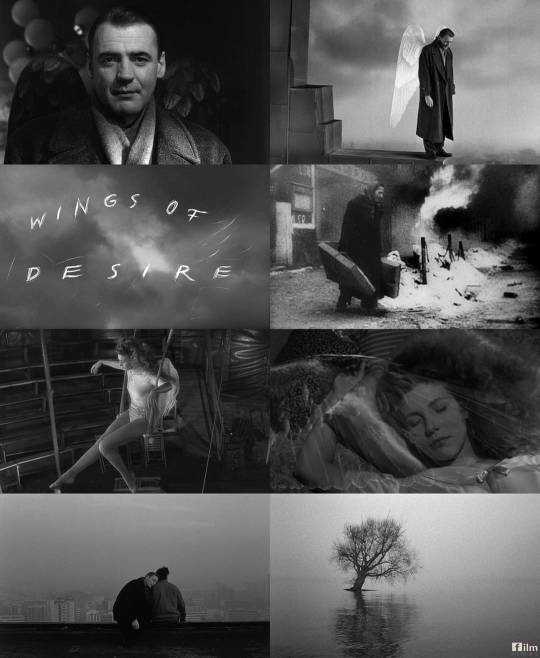
"Time will heal everything, but what if time is the illness?"
Wings of Desire (1987) dir. Wim Wenders
Cinematography - Henri Alekan
#wings of desire#wim wenders#german cinema#1980s#peter falk#favorite films#angels#biblically accurate angel#time
27 notes
·
View notes
Text
Quand Ola est au bain les stores lui font comme Henri Alekan… la fête !🍾
#portrait#ombre#noir et blanc#chevelure#cheveux#nu#films#super-huit#triX pan#cinema#mouvement#stores#salle de bain#bain#baignoire#fleurs#dos
10 notes
·
View notes
Text
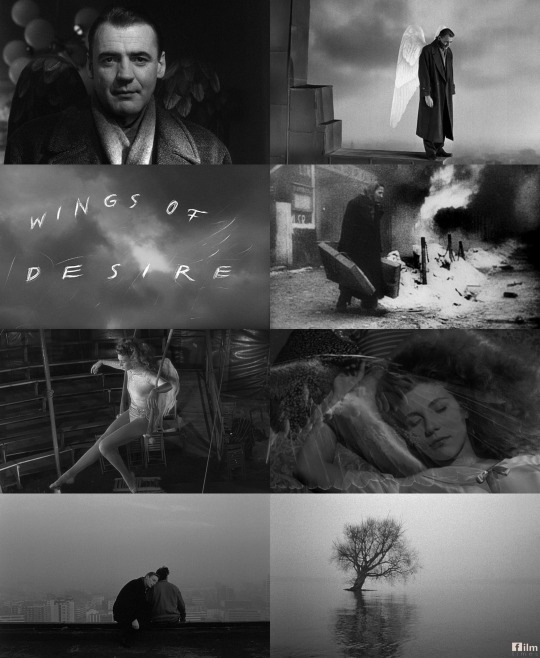
"Time will heal everything, but what if time is the illness?"
Wings of Desire (1987) dir. Wings of Desire
Cinematography - Henri Alekan
9 notes
·
View notes
Photo

"Time heals all, but what if time itself is the disease?"
Wings of Desire (1987)
Director: Wim Wenders
Cinematography: Henri Alekan
#wings of desire#der himmel über berlin#wim wenders#bruno ganz#solveig dommartin#otto sander#peter falk
31 notes
·
View notes
Photo
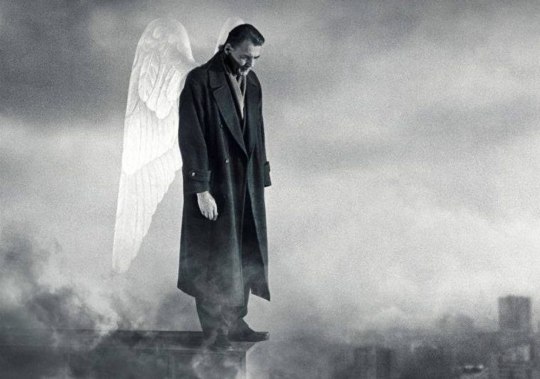
Bruno Ganz in Wings of Desire (Wim Wenders, 1987)
Cast: Bruno Ganz, Solveig Dommartin, Otto Sander, Curt Bois, Peter Falk. Screenplay: Wim Wenders, Peter Handke, Richard Reitlinger. Cinematography: Henri Alekan. Art direction: Heidi Lüdi. Film editing: Peter Przygodda. Music: Jürgen Knieper.
Maybe it's because I subscribe to Rilke's dictum, Ein jeder Engel ist schrecklich -- every angel is terrible -- but. I loathe the stickiness of the way angels are conceived in movies like It's a Wonderful Life (Frank Capra, 1946). Even actors of the caliber of Cary Grant and Denzel Washington can't do much with playing them in films like The Bishop's Wife (Henry Koster, 1947) and its remake, The Preacher's Wife (Penny Marshall, 1996). Only a filmmaker of genius like Wim Wenders can transcend the essential cheesiness of the angelic presence in a plot -- a cheesiness that returns in the American remake of Wings of Desire, City of Angels (Brad Silberberg, 1988). The idea that there are angels watching over our lives, reading our thoughts, but unseen except by other angels and sometimes by children, is not a very original one. But what distinguishes the working out of this idea by Wenders and scenarists Peter Handke and Richard Reitlinger is the empathetic approach to them as beings who have been around since Creation, watching the course of humankind and unable to alter it, and occasionally so moved by what they see that they choose to give up immortality and become human. And that these angels have a specific territory to cover, in this case the city of Berlin, a nexus of human cruelty and suffering and resilience. Even so, the concept could easily slip into banality without the blend of humor and melancholy that Wenders brings to it, without performers of the caliber of Bruno Ganz and Otto Sander as the angels Damiel and Cassiel, and without the poetic cinematography of Henri Alekan. It was also an inspired choice to cast Peter Falk as himself, an actor shooting a movie set in the Nazi era who is often stopped on the Berlin streets by people who know him as Columbo, the detective he played on television. It's also a witty touch to have Falk turn out to be an ex-angel, able to sense but not see the presence of Damiel and Cassiel. In many ways, however, the real star of the film is the city of Berlin itself -- although Wenders was prevented from shooting in the eastern sector of the city, he uses the Wall (two years before its fall) as a kind of correlative to the division between angels and humans. Almost everything works in the film, including the shifts from monochrome (the angels' point of view) to color (the humans'), the shabby little bankrupt circus whose star (Solveig Dommartin) Damiel literally falls for, and the score by Jürgen Knieper, abetted by Nick Cave's songs, whose melancholy eccentricity is an essential part of the texture of the film.
6 notes
·
View notes
Text
135 planos que harán que recuperes la fe en el cine
youtube
Un maravilloso vídeo ensayo de hace diez años que en su momento se hizo viral.
En el verano de 2012, Flavorwire solicitó a sus lectores que sugirieran aquellas películas que consideraban eran las mejores de la historia del cine. El resultado, un montaje que la revista de cultura editó con los títulos propuestos por sus lectores y que rinde un hermoso homenaje al séptimo arte.
Si eres amante del cine, seguro que disfrutarás de los magníficos ocho minutos que dura el montaje de Flavorwire.
Las películas de las que se han extraído los planos, en orden de aparición:
Man with a Movie Camera (Mikhail Kaufman), The Assassination of Jesse James by the Coward Robert Ford (Roger Deakins), Baraka (Ron Fricke), Koyaanisqatsi (Ron Fricke), Days of Heaven (Nestor Almendros), Akira Kurosawa’s Dreams (Takao Saito, Shoji Ueda), What Dreams May Come (Eduardo Serra), Legends of the Fall (John Toll), Lawrence of Arabia (Freddie Young), El Topo (Rafael Corkidi), La Dolce Vita (Otello Martelli), The Tree of Life (Emmanuel Lubezki), Daughters of the Dust (Arthur Jafa), Chinatown (John A. Alonzo), Hero (Christopher Doyle), Kagemusha (Takao Saito, Shoji Ueda), The Night of the Hunter (Stanley Cortez), Ugetsu (Kazuo Miyagawa), Songs from the Second Floor (Istvan Borbas, Jesper Klevenas, Robert Komarek), The Black Stallion (Caleb Deschanel), Vertigo (Robert Burks), Manhattan (Gordon Willis), Apocalypse Now (Vittorio Storaro), Lovers of the Arctic Circle (Gonzalo F. Berridi), The Duellists (Frank Tidy), Powaqqatsi (Graham Berry, Leonidas Zourdoumis), Ran (Asakazu Nakai, Takao Saito, Shoji Ueda), Bombay Beach (Alma Har’el), 2001: A Space Odyssey (Geoffrey Unsworth), The Thin Red Line (John Toll), Cave of Forgotten Dreams (Peter Zeitlinger), The New World (Emmanuel Lubezki), Solaris (Vadim Yusov), The Diving Bell and the Butterfly (Janusz Kaminksi), I Am Love (Yorick Le Saux), A Matter of Life and Death (Jack Cardiff), Onibaba (Kiyomi Kuroda), Blue Velvet (Frederick Elmes), No Country for Old Men (Roger Deakins), I Am Cuba (Sergei Urusevsky), The Fountain (Matthew Libatique), There Will be Blood (Robert Elswitt), The Human Condition (Yoshio Miyajima), The Proposition (Benoit Delhomme), Raise the Red Lantern (Lun Yang, Fei Zhao), The Godfather Part II (Gordon Willis), 2046 (Christopher Doyle, Pung-Leung Kwan), Beauty and the Beast (Henri Alekan), Melancholia, (Manuel Alberto Claro), Road to Perdition (Conrad L. Hall), Alexander Nevsky (Eduard Tisse), Sunrise (Charles Rosher, Karl Struss), Blade Runner (Jordan Cronenweth), Citizen Kane (Gregg Toland), House of Flying Daggers (Xiaoding Zhao), Wings of Desire (Henri Alekan), Atonement (Seamus McGarvey), The Last Emperor (Vittorio Storaro), Before Night Falls (Xavier Perez Grobet, Guillermo Rosas), The Last Picture Show (Robert Surtees), The Red Shoes (Jack Cardiff), Down by Law (Robby Müller), Amelie (Bruno Delbonnel), Chungking Express (Christopher Doyle, Wai-keung Lau), Children of Men (Emmanuel Lubezki), Black Orpheus (Jean Bourgoin), The Leopard (Giuseppe Rotunno), The Age of Innocence (Michael Ballhaus), Perfume: The Story of a Murderer (Frank Griebe), Raging Bull (Michael Chapman), The Fall (Colin Watkinson), The Pillow Book (Sacha Vierny), Martha Marcy May Marlene (Jody Lee Lipes), Nosferatu the Vampyre (Jorg Schmidt-Reitwein), The Third Man (Robert Krasker), Good Night and Good Luck (Robert Elswitt), The Scarlet Empress (Bert Glennon), The Man Who Wasn’t There (Roger Deakins), Talk to Her (Javier Aguirresarobe), In The Mood for Love (Christopher Doyle, Pung-Leung Kwan, Ping Bin Lee), The Man Who Cried (Sacha Vierny), Santa Sangre (Daniele Nannuzzi), The Passion of Joan of Arc (Rudolph Maté), In Cold Blood (Conrad L. Hall), 8 ½ (Gianni Di Venanzo), Brazil (Roger Pratt).
_________________
Fuente: Flavorwire.
7 notes
·
View notes
Text
21 DE DEZEMBRO DE 2023 : DIA CINÉFILO - “O ESTADO DAS COISAS” (1982) UM BELO FILME DE WIM WENDERS RODADO NO HOTEL ARRIBAS DA “ MINHA “ PRAIA GRANDE. TEVE ANTES UMA ELOQUENTE INTRODUÇÃO SOBRE A HISTÓRIA DO LUGAR : no Nimas cinema de culto decorre um ciclo Wim Wenders onde aconteceu no dia 21 uma sessão especial a que não podia faltar por dois motivos : primeiro “Der stand der Dinge “um dos melhores filmes de Wim Wenders ; segundo a introdução feita pelo arquitecto José Luís Saldanha baseada no seu estudo “ Right on the Edge “ publicado em 2021 na revista de arquitectura AA Files sobre o Arribas Hotel em Sintra, - o hotel mais ocidental da Europa, que o cineasta escolheu como local de rodagem foi projectado pelo arquiteto Raul Tojal na década de 1960 . O hotel começou a sua vida como um motel e piscina, mas quando Wenders lá filmou no início da década de 1980, estava num estado de enorme decadência . Estabelecendo relações entre arquitectura, paisagem, história local e representação cinematográfica, Saldanha revelou um local que é tanto um lugar físico quanto parte de um imaginário cultural e para mim cenário favorito há 75 anos ! Wenders deu com aquele hotel vazio muito destruído no Inverno anterior por uma tempestade que “parecia uma baleia encalhada ." Este hotel abandonado da Praia Grande é a paisagem onde o sentido da espera se instala - porque O Estado das Coisas é um filme sobre a espera, sobre a incerteza que Wenders experimentara com Hammett, e Ruiz com O Território. Ou melhor, é sobre o receio de Wenders de fazer um filme na América. Uma equipa de cinema filma, em Portugal, perto de Sintra, “The Survivors”, um remake de um clássico da série B americana, “The Most Dangerous Man Alive”, de Allan Dwan. Mas a película e o dinheiro acabam, o produtor desaparece e eles ficam numa longa espera espera. Até que o realizador decide partir para Los Angeles, à procura dele. Gordon, enquanto amigo, deve-lhe pelo menos isso.. No decorrer da investigação, fica a saber que o financiamento provém de origem duvidosa, Friedrich descobre, que Gordon se esconde numa roulotte , conduzida por um guarda-costas, na tentativa de escapar aos assassinos que o perseguem por o filme ser rodado a preto e branco num tempo de technicolor ! O Estado das coisas é assim uma fábula, uma mensagem sem ilusões sobre o “estado das coisas”.da lógica assassina que é, em última análise, a do dinheiro. Na última e grande cena do filme, Gordon e Friedrich descem da roulotte para dar o abraço da despedida. A bala dos assassinos atinge Gordon pelas costas e este deixa-se literalmente cair dos braços do amigo. Friedrich vê-o cair a seus pés. Consigo traz uma câmara de 8 mm que aponta em direcção à avenida hollywoodesca, numa vertiginosa panorâmica subjectiva. Uma segunda bala, vinda não se sabe bem de onde, abate-o. Ele cai , sem largar a câmara e a imagem muda repentinamente de direcção, ao mesmo tempo que na avenida passa uma viatura, num chiar de pneus,O Estado das Coisas é dos mais belos filmes de Wim Wenders um “naufrágio “em que tudo acontece quando não está nada a acontecer. Produção de Paulo Branco (vencedora do Leão de Ouro no Festival de Veneza), reuniu nomes desde Samuel Fuller ao diretor de fotografia Henri Alekan (de A Bela e o Monstro de Cocteau, ou Férias em Roma de Wyler), passando por Robert Kramer, no argumento, Viva, a musa de Andy Warhol, Paul Getty Jr., Roger Corman, etc. Nas décadas de 1970 e 1980, Wim Wenders ficava apenas atrás de Rainer Werner Fassbinder como um dos deuses do Novo Cinema Alemão . Pelo menos quatro dos seus filmes podem ser considerados tão bons como os melhores da época. Eles são Alice nas Cidades (1974), Kings of the Road (1976), The State of Things (1982) e Paris, Texas (1984) .Tive oportunidade no fim de felicitar o arquitecto Professor José Luís Saldanha e ficou combinado voltarmos à narrativa da Praia Grande ….
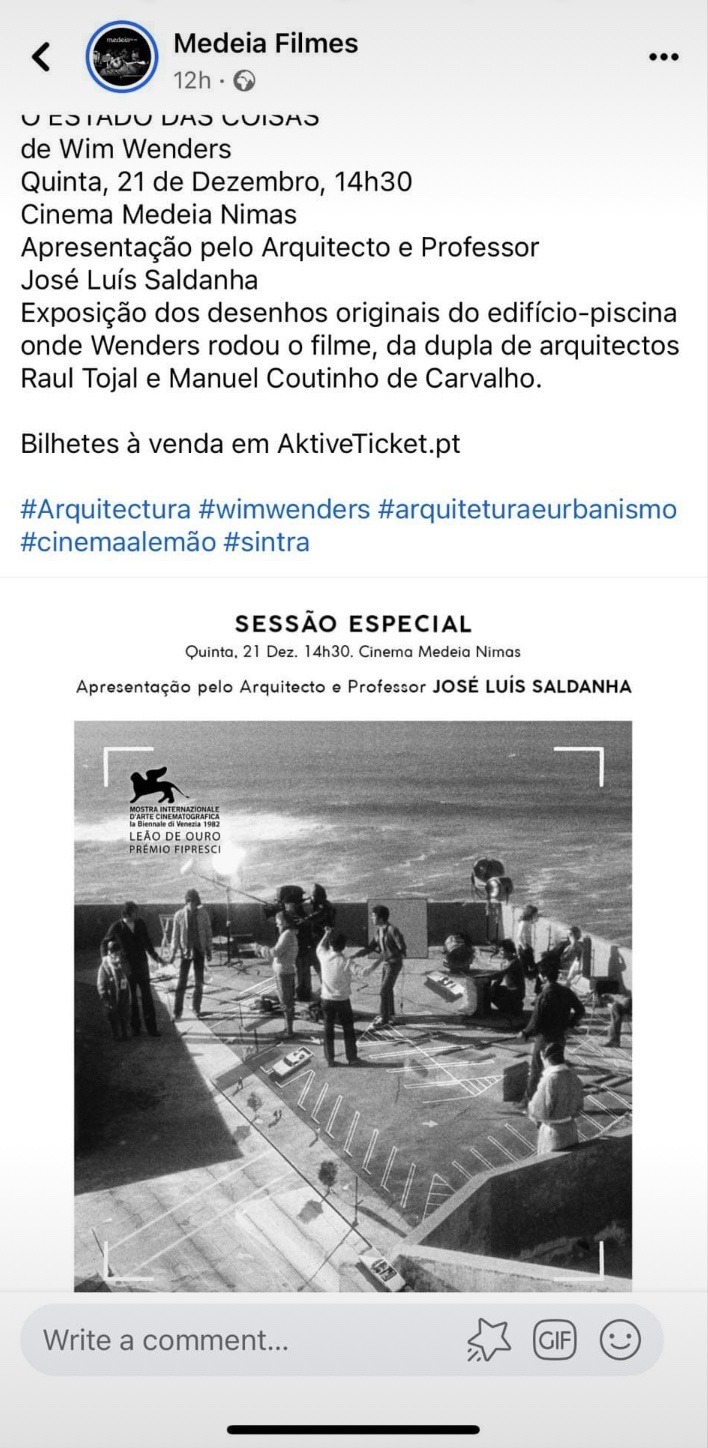
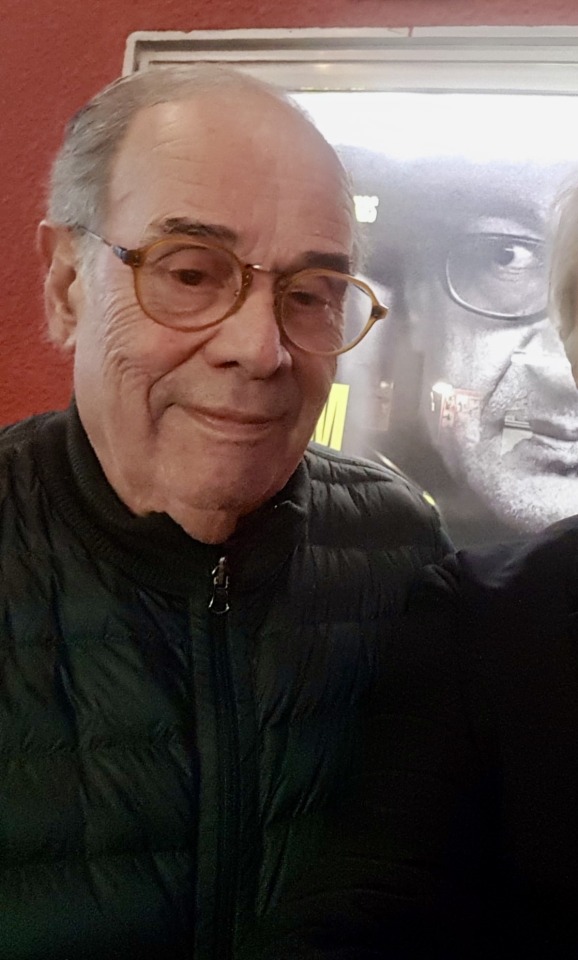
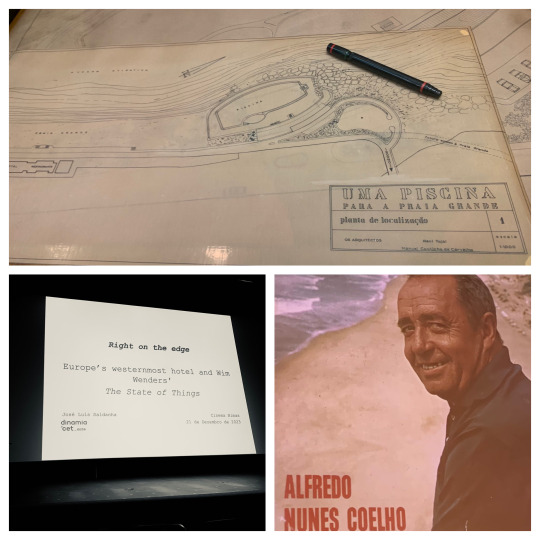
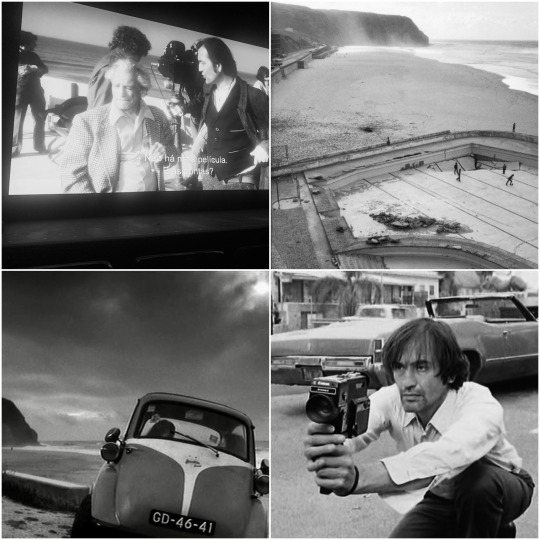
0 notes
Text
Mat Osman's tweet about Wings of Desire got me wanting to rewatch it, but I can't find my old copy. So I decided to rewatch Cocteau's La Belle et la Bête instead. Henri Alekan worked on both, and his work is incomparable.
I have watched this film so many times and I'll never be over it.
1 note
·
View note
Text
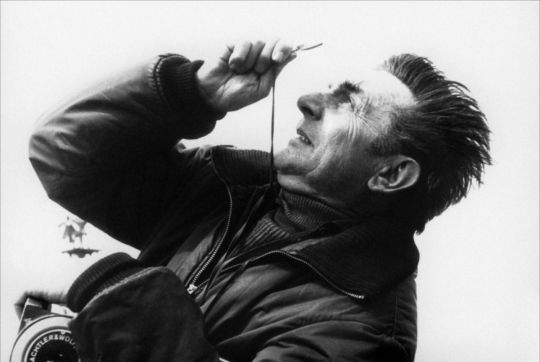
Henri Alekan, February 10, 1909, Paris – June 15, 2001.
3 notes
·
View notes
Photo


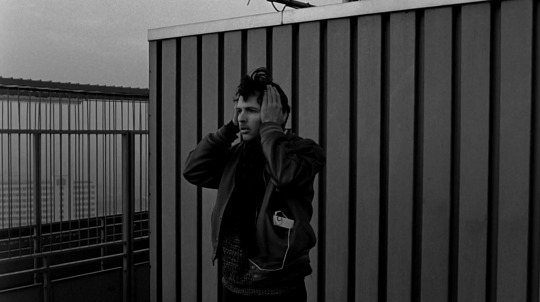
Der Himmel über Berlin (1987) dir. Wim Wenders
515 notes
·
View notes
Text
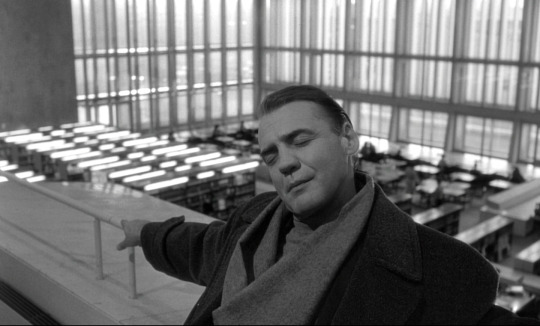
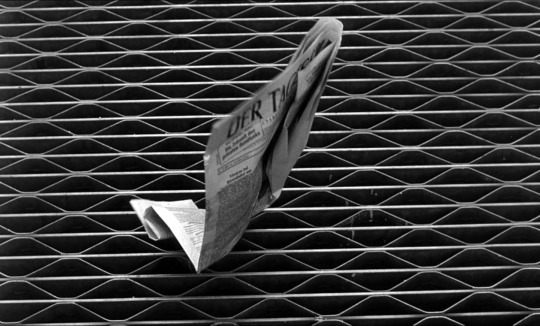
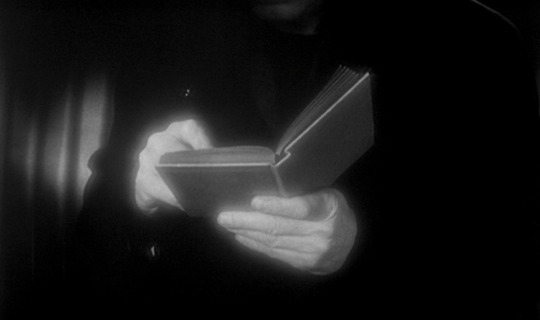
Wings of Desire (1987) dir. Wim Wenders
#wings of desire#der himmel über berlin#wim wenders#cinematography#henri alekan#german cinema#1980s#filmedit#cinemetography#film edit#film stills#film#1980s movies#movies#cinema#cinephile
146 notes
·
View notes
Photo
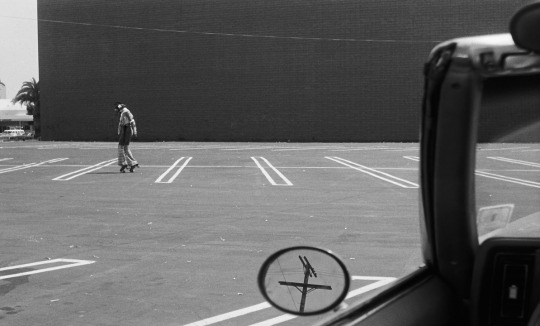
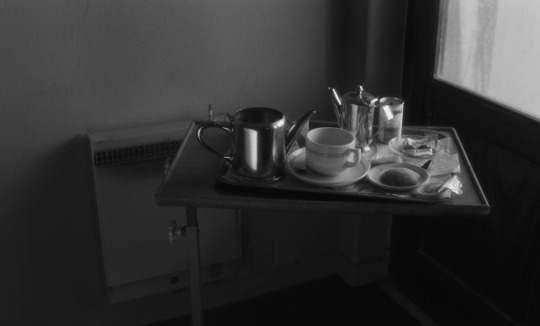

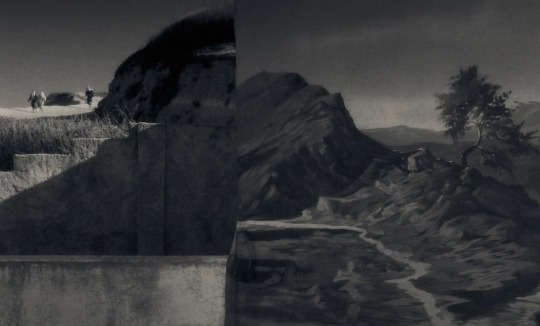
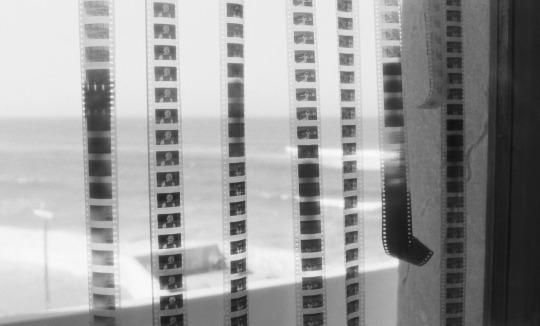
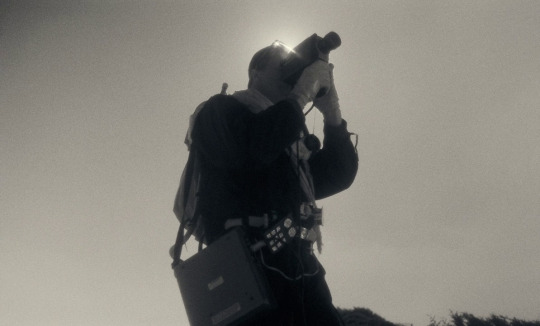
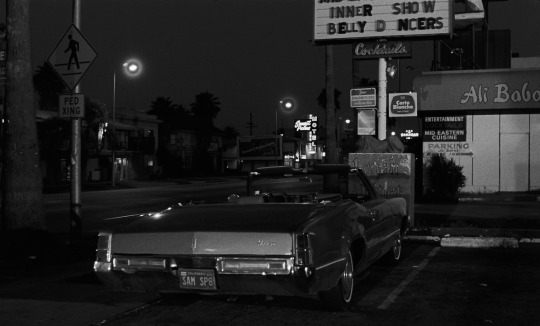
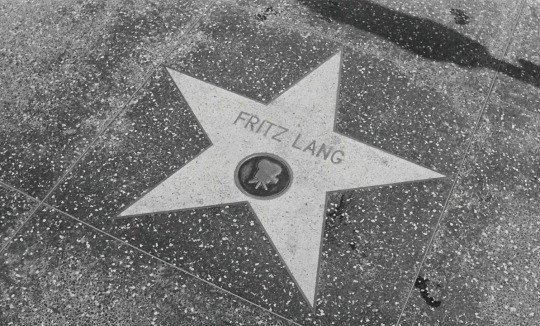

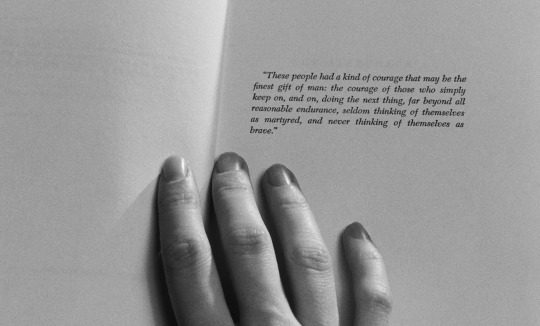
The State of Things (Wim Wenders, 1982).
#the state of things#der stand der dinge#wim wenders#henri alekan#fred murphy#martin schäfer#jon neuburger#peter przygodda#barbara von weitershausen#maria gonzaga#der stand der dinge (1982)#the state of things (1982)
101 notes
·
View notes
Photo



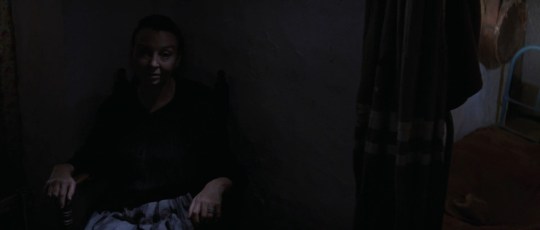

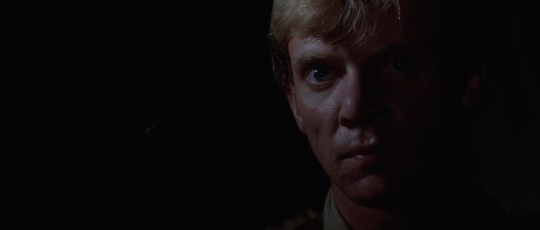
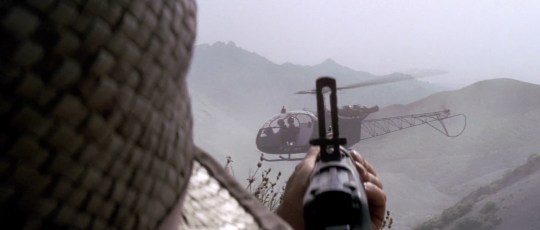
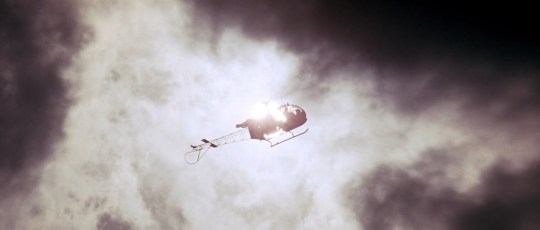

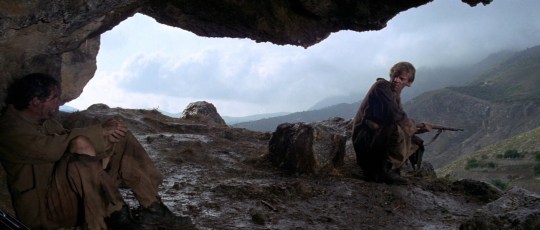
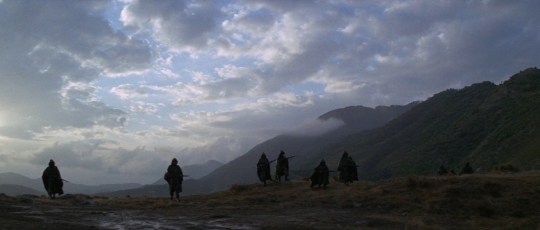


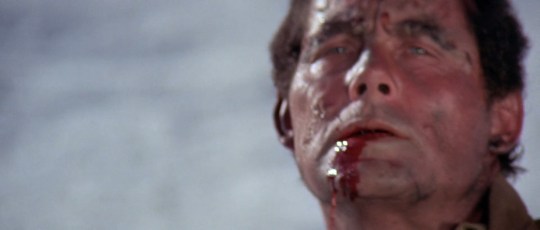
Figures in a Landscape (1970) dir. Joseph Losey, cinematography by Peter Suschitzky / Henri Alekan / Guy Tabary
#figures in a landscape#joseph losey#peter suschitzky#henri alekan#guy tabary#cinematography#screengrabs 2021
8 notes
·
View notes
Photo
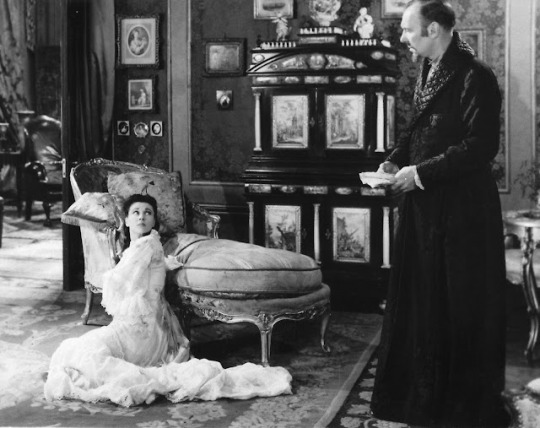
Vivien Leigh and Ralph Richardson in Anna Karenina (Julien Duvivier, 1948)
Cast: Vivien Leigh, Ralph Richardson, Kieron Moore, Sally Ann Howes, Niall MacGinnis, Martita Hunt, Helen Haye, Patrick Skipwith. Screenplay: Jean Anouilh, Guy Morgan, Julien Duvivier, based on a novel by Leo Tolstoy. Cinematography: Henri Alekan. Art direction: Andrej Andrejew. Costume design: Cecil Beaton. Film editing: Russell Lloyd. Music: Constant Lambert.
Greta Garbo was the best reason for seeing Clarence Brown's 1935 version of Anna Karenina, but Ralph Richardson is the best argument for watching Julien Duvivier's. As Karenin, Richardson demonstrates an understanding of the character that Basil Rathbone failed to display in the earlier version. Rathbone played Karenin as a cuckold with a cold heart. Richardson wants us to see what Tolstoy found in Karenin: the wounded pride, the inability to stoop to tenderness that has been bred in him by long contact with Russian society and political status-seeking. Unfortunately, Richardson's performance exists in a rather dull adaptation of the novel. Although Vivien Leigh was certainly a tantalizing choice for the title role, she makes a fragile Anna -- no surprise, as she was recovering from tuberculosis, a miscarriage, and a bout with depression that seems to have begun her descent into bipolar disorder. At times, especially in the 19th-century gowns designed by Cecil Beaton, she evokes a little of the wit and backbone of Scarlett O'Hara, but she has no chemistry with her Vronsky, the otherwise unremembered Irish actor Kieron Moore. It's not surprising that producer Alexander Korda gave Moore third billing, promoting Richardson above him. The production, too, is rather drab, especially when compared to the opulence that MGM could provide in its 1935 heyday. There's a toy train early in the film that the special effects people try to pass off as full-size by hiding it behind an obviously artificial snowstorm. As usual, this Anna Karenina is all about building up to Anna's famous demise, this time by taking us into her foreboding nightmare about a railroad worker she saw at the beginning of her affair with Vronsky. And also as usual, the half of the novel dealing with Levin, Tolstoy's stand-in character, is scuttled. In this version, Levin is a balding middle-aged man whose only function is to be rejected by Kitty, who is then thrown over for Anna by Vronsky. There's a perfunctory scene that gives a happy ending to the Levin-Kitty story, but it adds nothing but length to the film. Some of the scenes featuring the supporting cast, especially those with Martita Hunt as Princess Betsy, bring the film to flickering life, but there aren't enough of them to overcome the general dullness.
3 notes
·
View notes